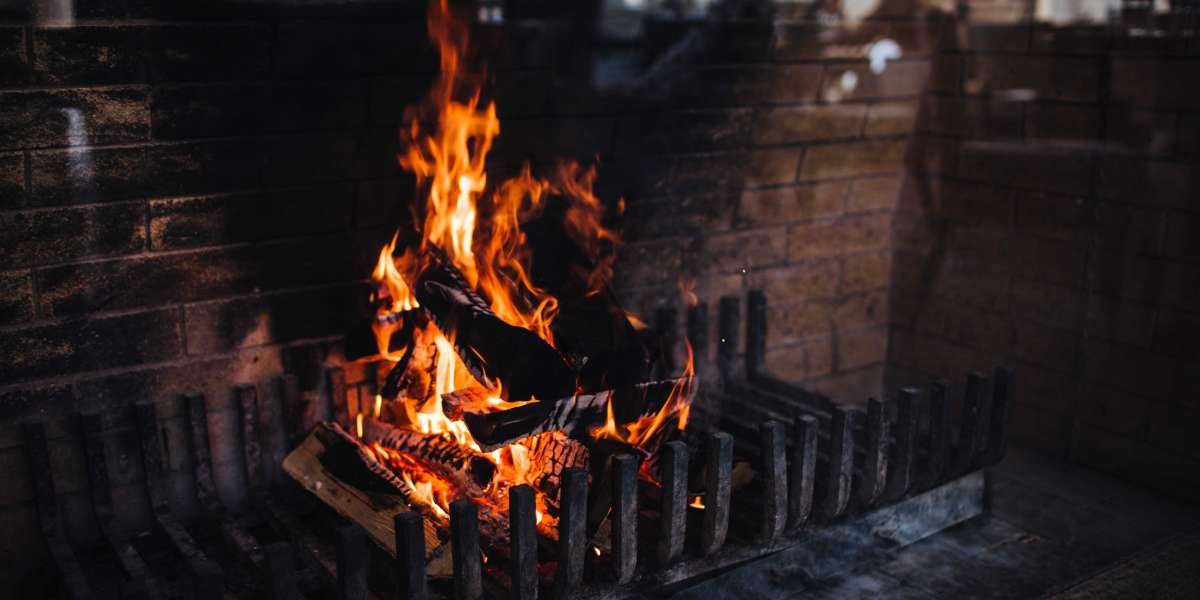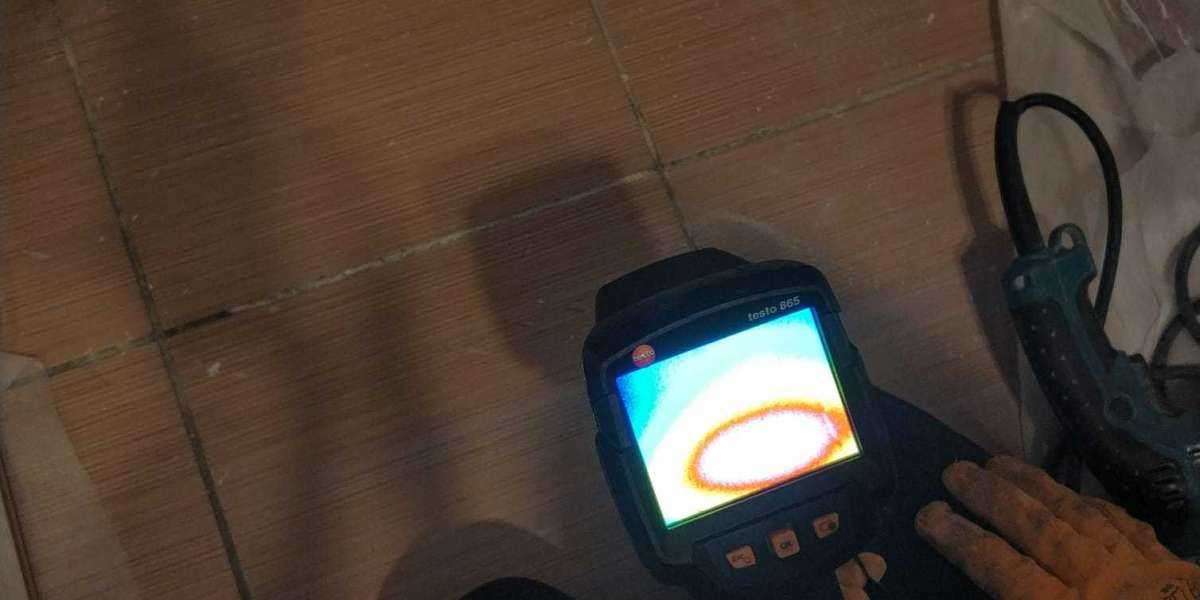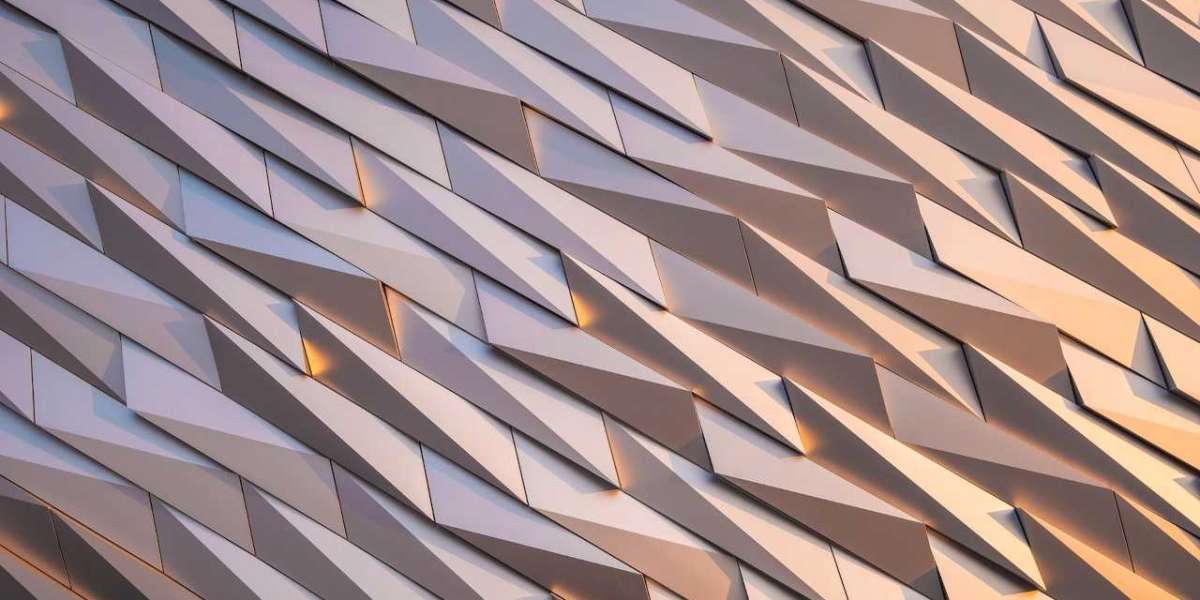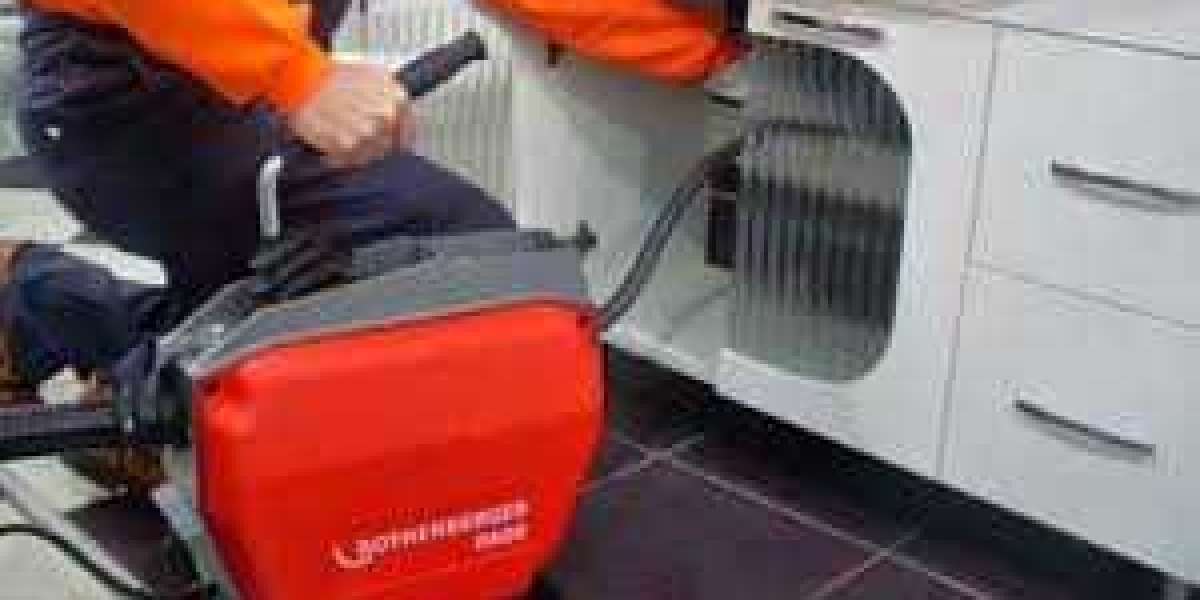If you're using a fireplace to provide aesthetics or warmth, choosing the right surround can give your living space a unique. But choosing the right fireplace surround that is compliant with code and is safe can be a challenge.
Fortunately, these custom surrounds are constructed using non-combustible materials that adhere to the National Fire Code. They look fantastic in any home style.
Simple Concrete Surround with Marble Slabs
A fireplace surround can be a focal point within the room and can add warmth and charm. It can be crafted using a variety of materials and can be designed to match different design styles. It's important to consider the style of the room and the budget prior to deciding on the design of a fireplace surround.
Marble fireplace surrounds offer an elegant look that is compatible with many different styles of design. They can be paired with rustic woods or modern metals to create a unique, contemporary design. Marble is easy to maintain, and can withstand extreme temperature, making it a great option for a border.
Stone is a popular material for fireplace surrounds and offers a timeless appeal that is suitable for many homes. It can be carved or etched to create contemporary appearance, or left untouched to give it a traditional appearance. Stacked stone veneers can also be used to add depth and texture to a room.
Granite is a very popular option for www.fireplacesandstove.com modern surrounds for fireplaces. It's durable and can be able to withstand heat well. It's also available in a variety of patterns and colors so it can be used to create a variety of styles. Quartzite can also be molded and shaped to fit an upscale surround.
Installing a concrete enclosure for a fireplace could be a possibility for DIYers. This task may seem daunting but it's much easier than you think if you work with a professional and plan ahead.
A professional is also recommended when building a marble fireplace surround because it requires particular attention to avoid damage. A skilled carpenter can help avoid mistakes that could cost you thousands of dollars in repairs.
If you intend to use tiles as an interior fireplace surround, be sure it's rated for high temperatures. You can typically find this information on the package or ask an employee at a home improvement shop.
Leaning Frame Surround
The fireplace surround can transform an area. It's not just designed to be aesthetically pleasing but also serves a practical purpose that is to shield the wall behind the fireplace from fire damage and also to help reflect heat back into the room. It's available in various materials and can be made to fit any style or decor.
The right material is crucial to achieve a definite aesthetic. Concrete is a great choice because it's durable and non-flammable. It also has a lot visual appeal due to its natural texture and color. Concrete is typically poured into molds that give you the option of creating unique shapes.
Layers are important when designing your leaning frames. This makes the piece appear more organized rather than randomly placed. Leaning frames can be dangerous, so if you're planning to display heavy objects like vases or lamps, place a small piece of rubber drawer liner under the base to keep them from slipping or damaging surfaces.
If you're using a concrete or marble surround, consider adding a wooden board on the bottom to help keep it in position. It will also help reduce the weight and prevent the item from moving while you enjoy a cup of wine or coffee in the fireplace.
Once you have decided on the material, it's time to construct the piece. Mark the wall using the dimensions of your frame. Then with a saw, cut cleats along each mark. Make sure the top cleat is at least a foot shorter than the shelf.
Attach the brackets to the wall. Make sure that the bolts are inserted through the backerboard and into the stud. If necessary, drill the screw holes. Then, you can temporarily clamp the mantel to the backer board. Attach the mantel to the studs using lag bolts (2-4 bolts per stud). Make sure that the bolts are sufficient to cover 2/3 of the mantel depth + the thickness of the backer board.
Black Firebox Surround
Fireplace surrounds serve as an aesthetic and functional function. They shield walls from heat damage, reflect some of the heat back into the room and can make a fire more of the focal point of a space. Metal and wood are the most popular materials used for fireplace surrounds. Metal surrounds can be required by building code to guard against nearby combustible substances or they can improve the aesthetics of a fireplace.
This fireplace is modern living room that has a black surround and white marble accents. The marble is more expensive and requires more care than wood, however it is a striking design element to the room. The black finish also ties together the dark tones in the wood flooring and furniture for a cohesive look.
Concrete isn't just for driveways and sidewalks. It's also a versatile and attractive material that can be used to cover fireplaces. It can be poured into place and formed into any shape, giving you a wide range of design possibilities. The concrete surround was formed to create a curved design. It has a sleek and modern look that contrasts the darker shades of the brick wall and flooring.
Wood is another popular choice for fireplace surrounds. It is available in a variety of textures and colors that can be incorporated into any decor. Wooden surrounds can be finished in any shade to fit your hearth pad. They are lighter and less expensive than the masonry surrounds. Most wooden surrounds are designed to accommodate decorative items for the mantel, like lamps and vase.
Some wood surrounds include an edging that covers the top of the mantel and houses the doors to the fireplace. This plate can be affixed with decorative hinges or fasteners that can mimic the appearance of wrought iron.
It is essential to consider the dimensions of your fireplace when selecting a wood mantel. To prevent a fire spreading to your home, building codes specify minimum clearances. The distance will vary based on what kind of fireplace you own and also from state to state or country country.
Simple Wood Surround
There are many options available for surrounds if you want to give your fireplace a traditional appearance. Some surrounds are made from solid oak, while others include stone legs with oak or pine mantels. You can also choose from pine or oak fire surrounds that are designed to be a cost-effective and simple option.
Many people prefer to purchase a pre-made wood fireplace surround since it's an economical way to achieve the style they want without hiring carpenters. Certain pre-made fireplace surrounds made from pine are even available in a variety of finishes so that you can match it to your existing decor.
Another popular style of wood fire surround is one that has been handcrafted from high-quality oak. It can be stained to the light oak color or left untreated to allow the natural light golden brown of the wood to shine through. This fireplace surround is suitable for gas or wood fireplaces. It is available in two different styles: arched or flat.
There are many tutorials available online for those who have more experience in DIY home improvement projects. They can help you make your own wooden fireplace surround. This step-by-step tutorial from H2O Bungalow shows you how to make a rustic wood surround using pine.
The tutorial teaches you how to build the horizontal part, and then the vertical pilasters which support the mantel. After the columns or pilasters are completed you can put up your mantel. The guide will show you how to put up the crown molding, which will fill in any gaps between the cladding of the wall and the wall that surrounds it.
 Since a wooden fireplace surround is constructed from combustible material, it is important to adhere to the fire codes of your area and keep it 6 inches away from the edge of the chimney opening. Use a non-flammable glue to attach the decorative molding to the surround, and ensure that it is held in place.
Since a wooden fireplace surround is constructed from combustible material, it is important to adhere to the fire codes of your area and keep it 6 inches away from the edge of the chimney opening. Use a non-flammable glue to attach the decorative molding to the surround, and ensure that it is held in place.







